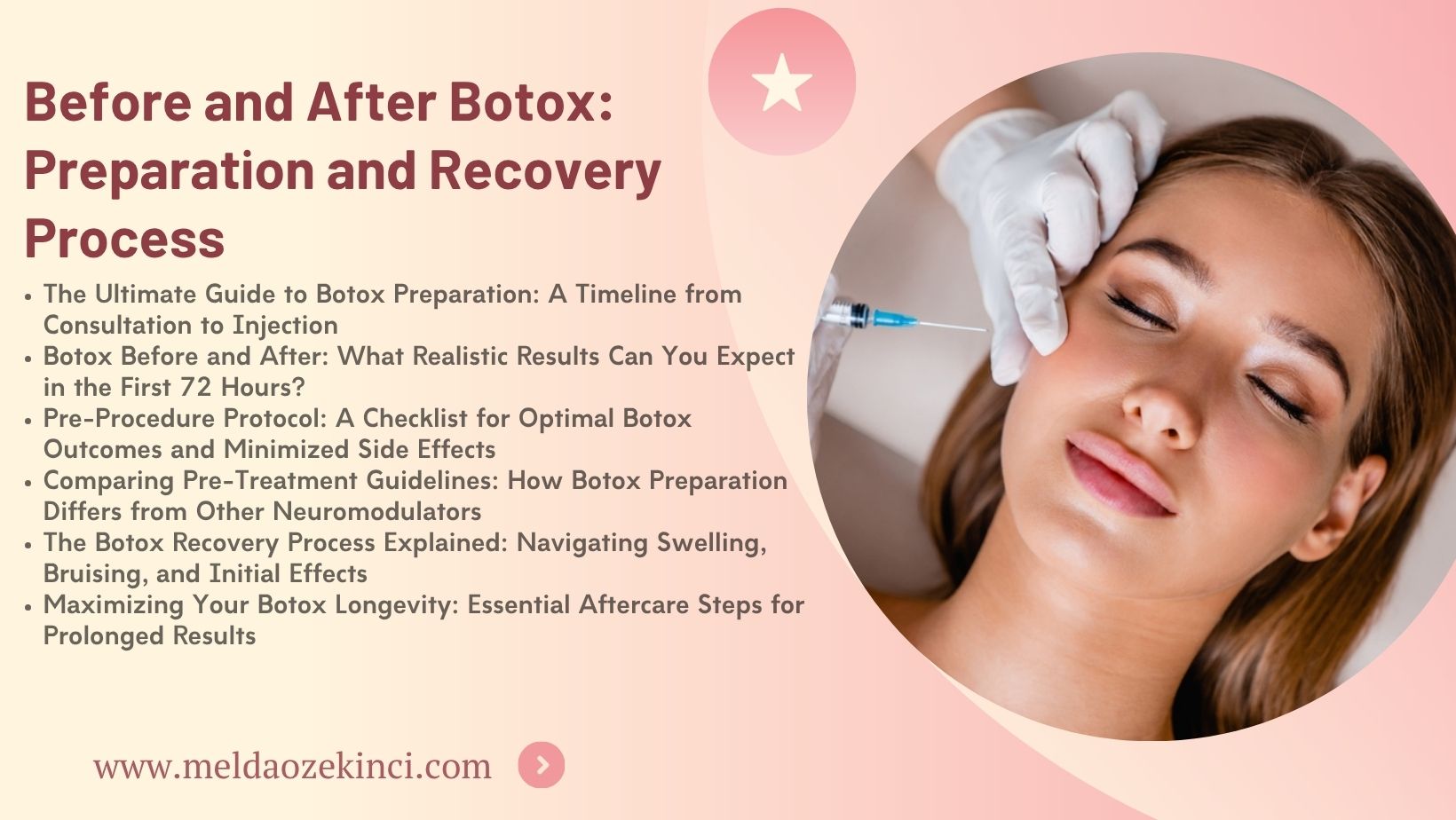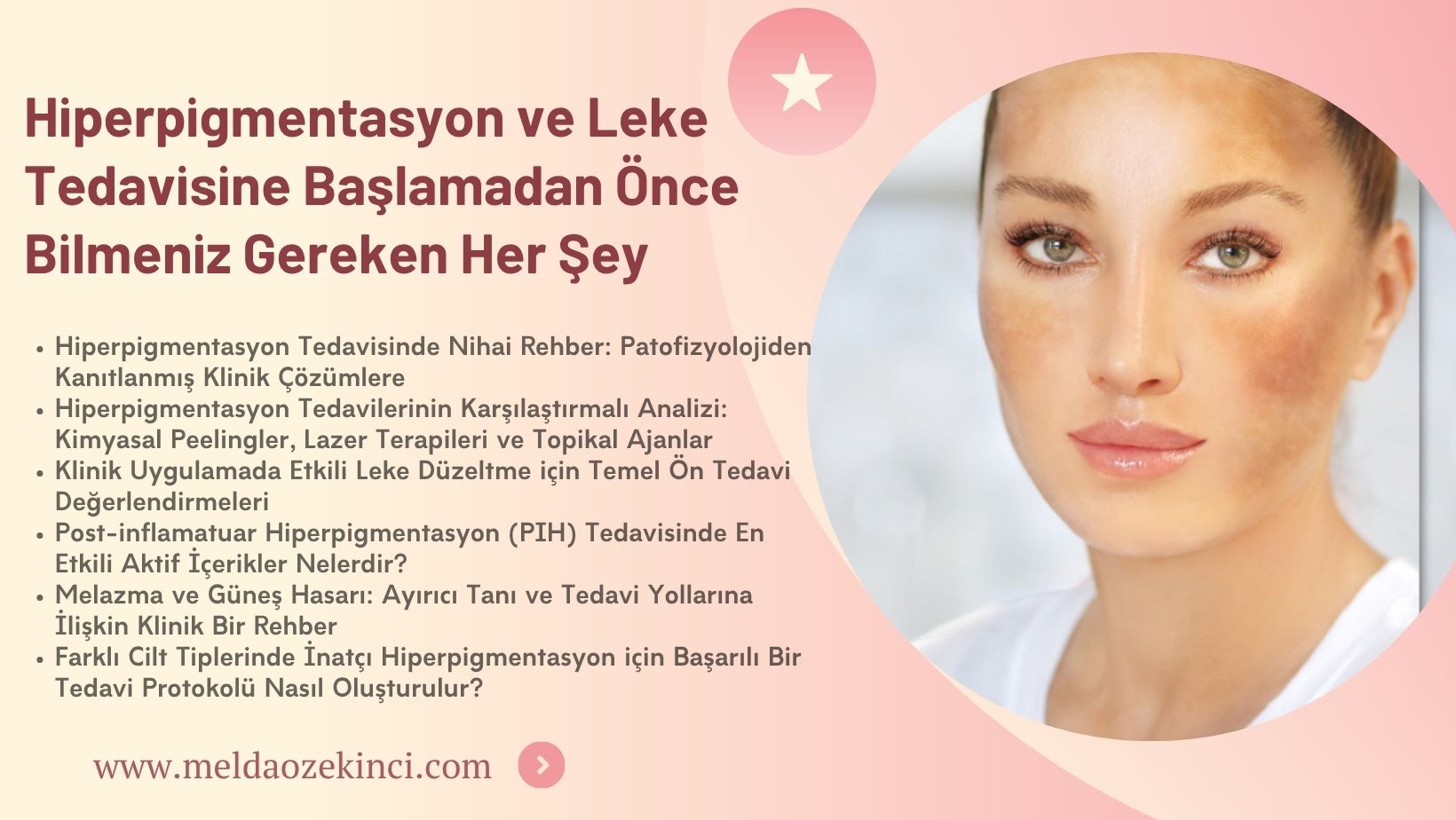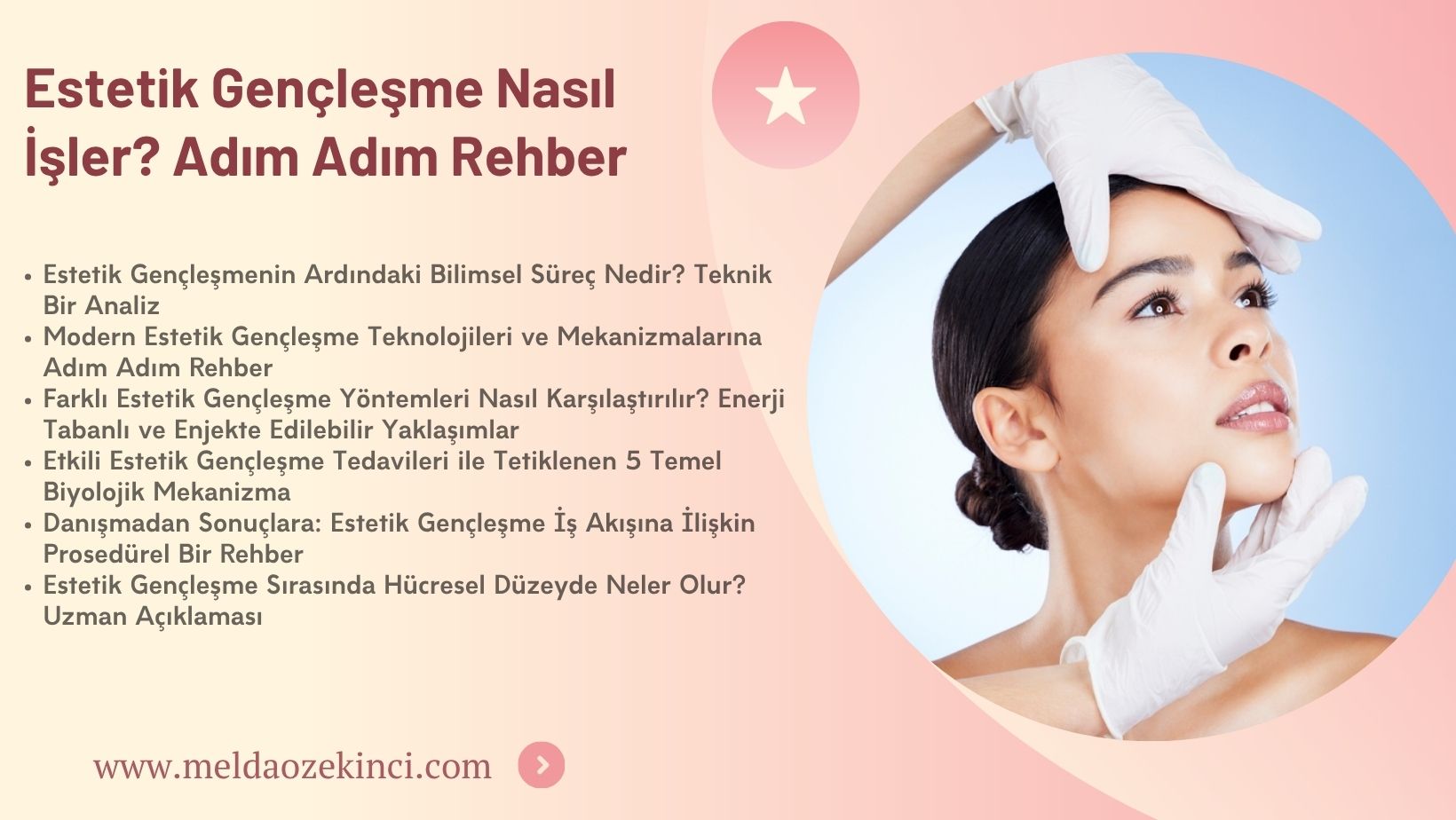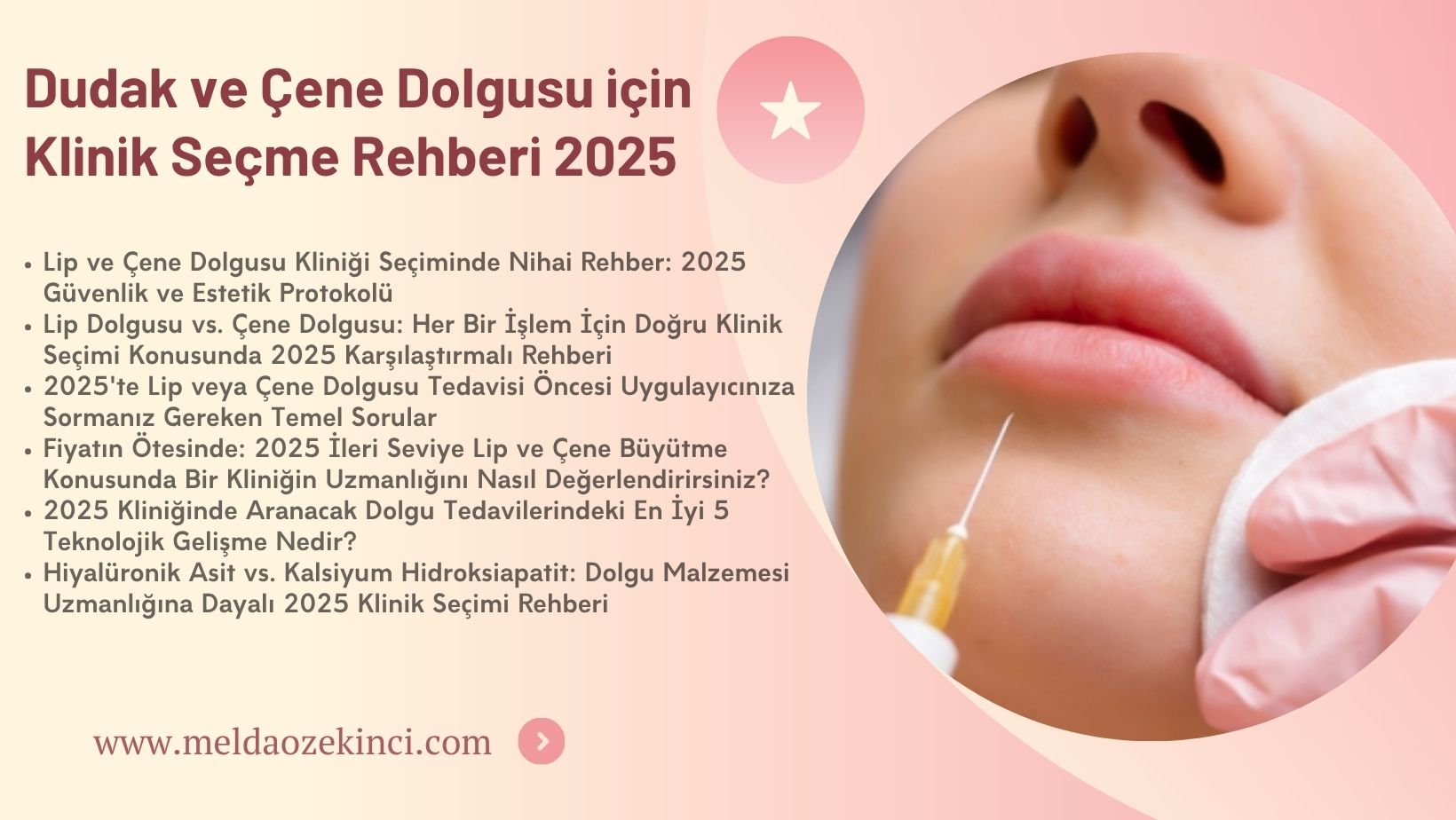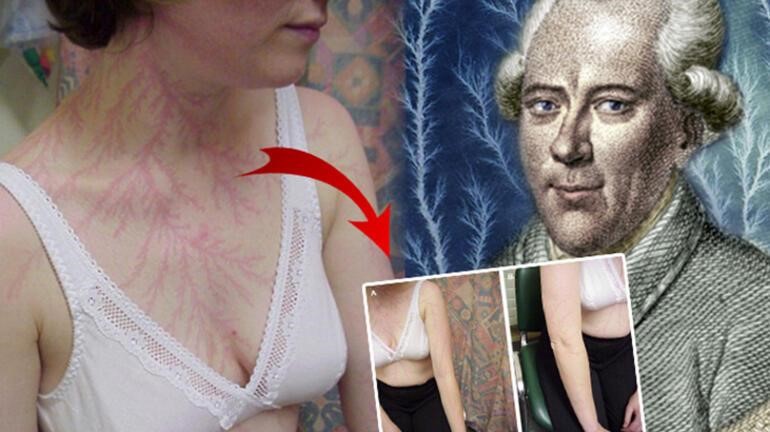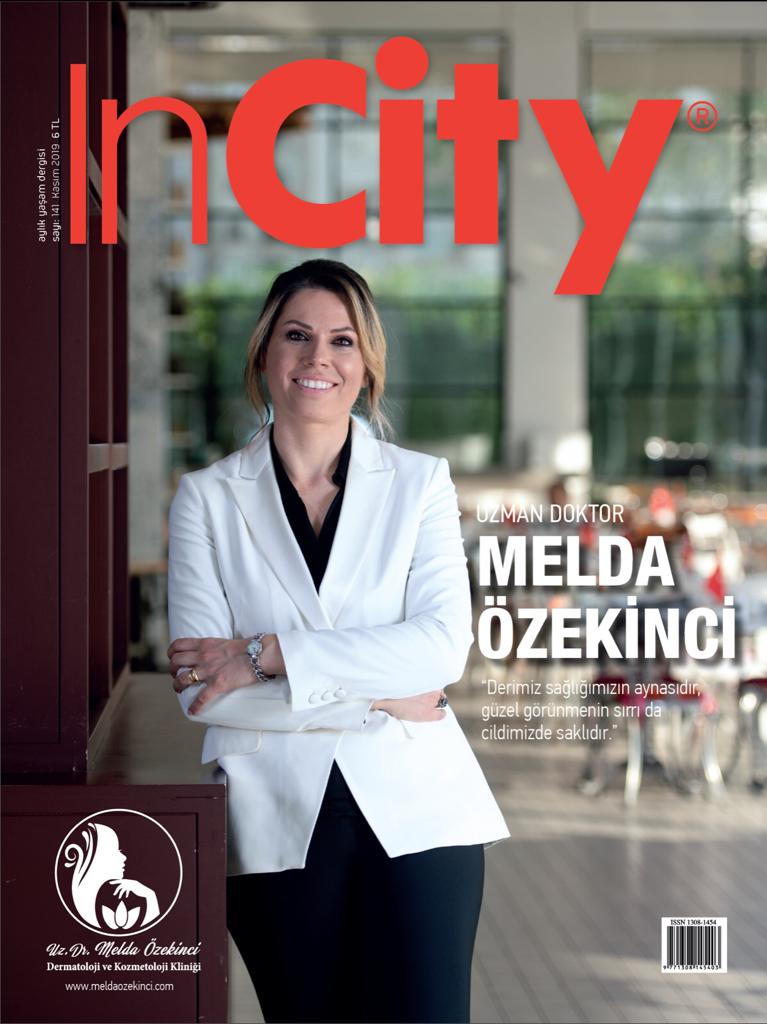Table of Contents
- The Ultimate Guide to Botox Preparation: A Timeline from Consultation to Injection
- Botox Before and After: What Realistic Results Can You Expect in the First 72 Hours?
- Pre-Procedure Protocol: A Checklist for Optimal Botox Outcomes and Minimized Side Effects
- Comparing Pre-Treatment Guidelines: How Botox Preparation Differs from Other Neuromodulators
- The Botox Recovery Process Explained: Navigating Swelling, Bruising, and Initial Effects
- Maximizing Your Botox Longevity: Essential Aftercare Steps for Prolonged Results
The Ultimate Guide to Botox Preparation: A Timeline from Consultation to Injection
The development of a structured patient onboarding protocol, such as "The Ultimate Guide to Botox Preparation: A Timeline from Consultation to Injection," represents a significant optimization in medical service delivery. For product managers in healthcare technology, this guide functions as a standard operating procedure that systematically de-risks the clinical process.
From an engineering perspective, the timeline is a sequential workflow designed to minimize variance and enhance predictability. The pre-consultation phase establishes clear input parameters, such as patient medical history and medication reviews, which directly impact the safety and efficacy of the final procedure.
The core value proposition lies in its scalability; this framework can be integrated into digital health platforms to automate patient communications and pre-appointment checklists, ensuring consistent compliance across a large patient base. This reduces administrative burden and allows clinical staff to focus on high-value tasks.
Commercial leaders will recognize the guide as a tool for enhancing the customer journey, directly influencing key performance indicators like patient satisfaction and retention. By providing a clear, educational roadmap, the practice, such as that of Dermatoloji Uzmanı Doktor Melda Özekinci, builds trust and manages expectations, leading to a more positive user experience.
The guide's structured approach facilitates better resource allocation and inventory management, as the preparation timeline provides predictable lead times for scheduling and supply chain needs. This systematic methodology ensures that every patient interaction is data-informed and outcome-focused.
This product is not merely informational but operational, transforming an ad-hoc consultation into a repeatable, high-fidelity process. It exemplifies how a well-defined protocol can standardize excellence in aesthetic medicine, delivering consistent results while mitigating potential complications through proactive patient management.
Botox Before and After: What Realistic Results Can You Expect in the First 72 Hours?
The initial 72-hour window following a Botulinum Toxin Type A injection represents a critical phase in the product's efficacy lifecycle, where measurable biological processes dictate the timeline for visible outcomes. From an engineering perspective, the product's mechanism of action involves a precise biochemical interaction at the neuromuscular junction, where it begins to inhibit the release of acetylcholine. This interruption is not instantaneous; it requires a finite period for the molecular binding and subsequent enzymatic blockade to reach functional capacity.
For product managers overseeing clinical or aesthetic service offerings, managing client expectations during this initialization period is paramount for satisfaction and retention. Realistic "before and after" benchmarks within the first 72 hours are subtle. Patients may notice a slight heaviness in the treated muscles, a precursor to full effect, but significant wrinkle reduction is not typical. This phase is crucial for performance validation of the product's gradual onset, a feature that distinguishes it from immediate-but-temporary fillers.
The commercial implications are significant, as understanding this temporal framework allows for superior customer journey mapping and support material development. According to Dermatoloji Uzmanı Doktor Melda Özekinci, setting accurate expectations reduces post-procedure anxiety and builds trust. The product's reliability hinges on its predictable kinetic profile, which ensures that the weakening of muscle activity follows a consistent, dose-dependent curve, culminating in peak effect around day 10 to 14.
This predictable behavior allows for precise process optimization in clinical settings, enabling practitioners to schedule follow-up assessments effectively. The first three days serve as a vital window for monitoring initial treatment response and identifying any need for minor adjustments at a subsequent appointment. This data-driven approach enhances the overall quality assurance of the service delivered, ensuring reproducible and satisfactory results for the end-user.
Therefore, the 72-hour post-administration period is not a period of inaction but one of active biological integration. For commercial decision-makers, emphasizing this scientific reality in marketing and patient education materials transforms a potential point of concern into a demonstration of the product's sophisticated and reliable nature, ultimately strengthening brand credibility and consumer confidence in the treatment protocol.
Pre-Procedure Protocol: A Checklist for Optimal Botox Outcomes and Minimized Side Effects
The implementation of a standardized Pre-Procedure Protocol: A Checklist for Optimal Botox Outcomes and Minimized Side Effects represents a significant advancement in clinical process optimization within aesthetic medicine. This systematic approach functions as a critical quality control mechanism, ensuring every patient interaction adheres to a scientifically validated pathway designed to maximize efficacy and safety.
From a product management perspective, the protocol is a scalable solution that standardizes the workflow across an entire practice. It mitigates procedural variability, a primary source of outcome inconsistency and patient dissatisfaction. The checklist enforces critical pre-procedure verifications, including comprehensive medical history review, assessment of contraindications, and establishment of realistic patient expectations, directly contributing to enhanced patient satisfaction and reduced adverse event rates.
The commercial implications are profound, as this tool directly impacts key performance indicators. By minimizing side effects and optimizing results, the protocol enhances brand reputation and fosters patient loyalty, leading to higher retention and lifetime value. For industrial engineers, the protocol’s design allows for seamless integration into existing electronic medical record systems, enabling data collection for continuous improvement and providing a measurable return on investment through operational efficiency.
Dermatoloji Uzmanı Doktor Melda Özekinci emphasizes that the checklist serves as a vital risk mitigation framework, systematically addressing potential complications before they arise. This proactive stance is essential in a high-stakes environment, protecting both the patient and the practice. The structured nature of the protocol also facilitates staff training and ensures a consistent standard of care, regardless of the practitioner's experience level.
The adoption of this pre-procedure protocol transforms a subjective art into a reproducible science. It provides a clear value proposition for commercial decision-makers by demonstrably improving clinical outcomes, streamlining operations, and building a foundation of trust with the patient base. This systematic approach is no longer a luxury but a necessity for clinics aiming for market leadership.
Comparing Pre-Treatment Guidelines: How Botox Preparation Differs from Other Neuromodulators
The industrial and commercial success of a neuromodulator product line is intrinsically linked to its protocol adherence and the ease of its clinical application. A critical yet often underestimated factor in this value chain is the pre-treatment preparation phase. Understanding the comparative product specifications for reconstitution and handling between different neuromodulators, such as how Botox preparation differs from its counterparts, is a matter of operational excellence.
From a manufacturing and product management perspective, the core distinction lies in the unique molecular protein structure and excipient profile of each neuromodulator. As noted by Dermatoloji Uzmanı Doktor Melda Özekinci, these biochemical differences dictate specific reconstitution protocols, including the type of diluent, the volume required for optimal diffusion, and the subsequent shelf-life stability of the prepared product. A standardized approach across all brands is not commercially viable and risks product efficacy.
This necessitates rigorous supply chain logistics that account for cold chain requirements specific to each product's formulation. The operational workflow within a clinical setting must be designed to accommodate these variations, ensuring that staff are trained on the distinct handling procedures to prevent costly errors. A failure in this quality control step can lead to wasted inventory and compromised patient outcomes, directly impacting profitability.
For commercial decision-makers, the investment in detailed comparative training modules for clinical teams is not an expense but a strategic asset. It enhances brand differentiation by positioning the organization as a center of expertise. Furthermore, optimizing the clinical workflow around precise preparation guidelines minimizes procedure time and maximizes the consistent, predictable results that drive patient retention and lifetime value.
Deep technical understanding of pre-treatment guidelines translates into superior risk mitigation and resource allocation. By treating preparation not as a generic step but as a product-specific, engineered process, organizations can achieve greater operational efficiency, reduce variance, and secure a stronger competitive position in the aesthetic medicine market.
The Botox Recovery Process Explained: Navigating Swelling, Bruising, and Initial Effects
The technical specifications of the Botox recovery process are a critical focus for product managers developing post-procedural care solutions. The initial effects, including predictable swelling and bruising, represent a standard physiological response to the intramuscular injection. Understanding this predictable timeline is essential for creating effective patient support materials and setting accurate expectations.
From an industrial engineering perspective, the recovery process can be viewed as a biomechanical system with defined inputs and outputs. The input is the precise neurotoxin formulation, while the output is the desired aesthetic or therapeutic result. The interim phase of swelling and bruising is a temporary system state that requires careful management protocols to ensure optimal outcomes and user satisfaction.
Commercial decision-makers must recognize that a well-explained recovery process is a significant value proposition. When patients are equipped with clear, factual information from experts like Dermatoloji Uzmanı Doktor Melda Özekinci, it directly impacts the user experience and reduces post-procedure anxiety. This educational component acts as a key differentiator in a competitive market, enhancing brand trust and client retention.
The application of this knowledge extends to quality control in service delivery. By standardizing the information provided about the recovery timeline, clinics can ensure consistent patient care. This standardization minimizes variables and allows for better tracking of outcomes, contributing to a more reliable and scalable service model.
Detailed explanation of the Botox recovery process is not merely informational but a core component of the product lifecycle. It bridges the gap between the clinical procedure and the final result, ensuring that the entire customer journey is managed with technical precision. This approach underscores a commitment to safety, efficacy, and transparent communication, which are paramount for long-term commercial success.
Maximizing Your Botox Longevity: Essential Aftercare Steps for Prolonged Results
The efficacy and longevity of any clinical treatment, including neuromodulator injections like Botox, are governed by a precise performance optimization protocol. For product managers in the aesthetic medicine sector, understanding the post-procedural phase is critical for defining product lifecycle and customer satisfaction metrics. The period immediately following injection represents a crucial operational window where specific patient actions directly influence the molecular stability of the product and its integration with the neuromuscular junction.
Adherence to a stringent aftercare quality control regimen is paramount for maximizing the return on investment for both the clinic and the patient. As emphasized by Dermatoloji Uzmanı Doktor Melda Özekinci, patient compliance with aftercare instructions acts as a key performance indicator for treatment success. Simple directives, such as avoiding strenuous activity for 24 hours, prevent unnecessary diffusion of the product away from the targeted sites, ensuring precise dose-response efficacy.
From a commercial perspective, a standardized aftercare protocol enhances supply chain efficiency by reducing the frequency of patient touch-ups and repeat visits, allowing clinics to optimize practitioner schedules and inventory. This systematic approach to patient management minimizes variables that could compromise results, leading to more predictable outcomes and higher client retention rates. The focus shifts from mere administration to a holistic treatment system integration.
The longevity of Botox is not solely a function of the pharmaceutical agent itself but is significantly influenced by the post-procedural environmental controls and patient behavior. Educating patients on the science behind these steps—such as avoiding excessive heat or facial massages—frames the aftercare as an essential component of the treatment's technical specification. This positions the clinic as a provider of a comprehensive, high-fidelity service rather than a simple commodity transaction, directly impacting brand perception and long-term commercial viability.
 English
English 


